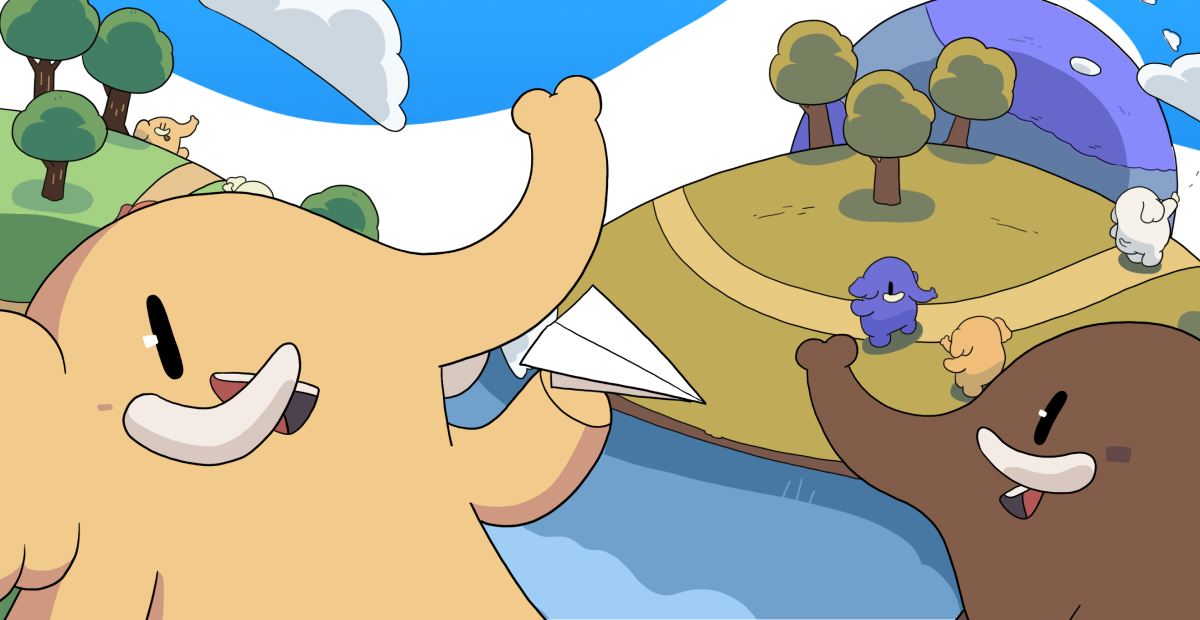101010.pl is one of the many independent Mastodon servers you can use to participate in the fediverse.

101010.pl czyli najstarszy polski serwer Mastodon. Posiadamy wpisy do 2048 znaków.
Administered by:
Server stats:
491active users
101010.pl: About · Status · Profiles directory · Privacy policy
Mastodon: About · Get the app · Keyboard shortcuts · View source code · v4.5.0-alpha.1
#historyofideas
0 posts · 0 participants · 0 posts today
TrendingLive feeds
Mastodon is the best way to keep up with what's happening.
Follow anyone across the fediverse and see it all in chronological order. No algorithms, ads, or clickbait in sight.
Create accountLoginDrag & drop to upload